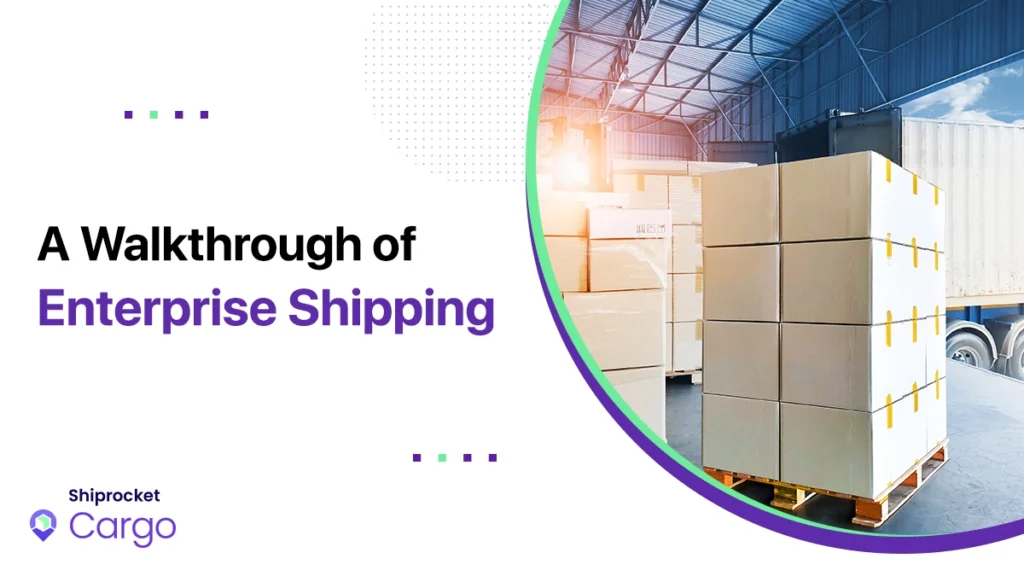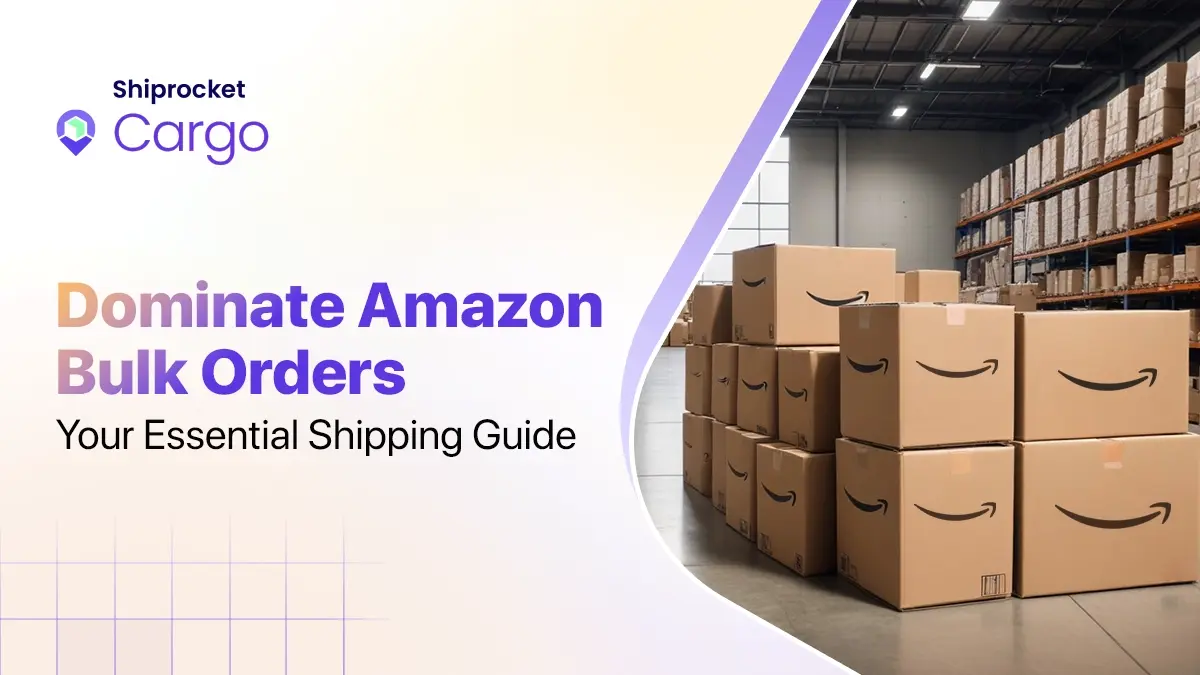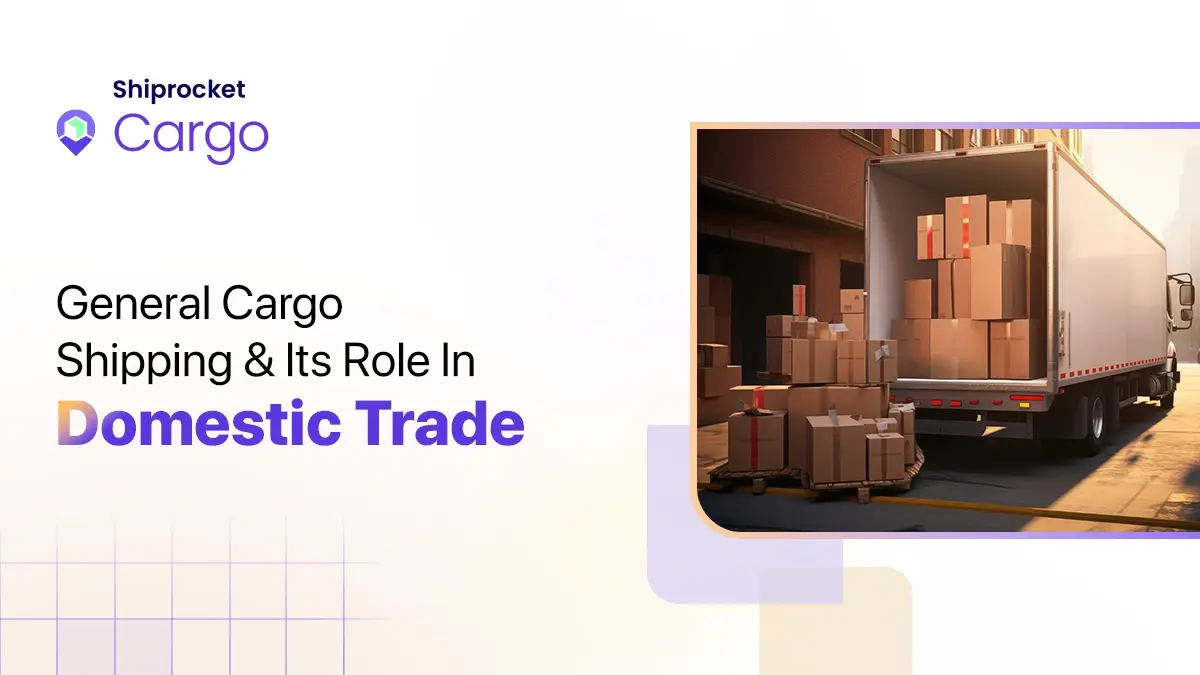Scheduled Delivery Pending: What It Means and What to Do

The eCommerce market has emerged as one of the fastest-growing markets in India. Owing to the sudden rise in online shopping, easy access to smartphones and the internet, and increasing trend of getting the product delivered to the doorstep, especially after the COVID-19 outbreak, the market has a massive growth potential in the future.
A CII Shiprocket report states that the Indian eCommerce market is projected to grow from $70 billion in FY 2022 to $214 billion by the end of 2027.
However, amid the enormous growth of the eCommerce market, one sector faces massive disruption in investments and technology implementation. The sector is B2B logistics. Multiple service providers are developing innovative solutions to attract business resulting in massive competition amongst the players.
One such idea redefining the B2B logistics sector from the core is “scheduled delivery”. Companies such as Shiprocket Cargo are aiding the B2B logistics sector with its revolutionary appointment-based delivery services, enabling businesses to schedule their deliveries, and ensuring a massive reduction in the shipping cost.
Nevertheless, a client sometimes sees an unusual status regarding the scheduled deliveries – Scheduled Delivery Pending. So what is it, and what should be done in such a scenario? Before looking into the topic, let’s first understand what scheduled delivery is and how it works.
What Is Scheduled Delivery?
Scheduled deliveries or appointment-based delivery is a service that allows businesses to select a time slot for deliveries at the destination. The service saves the company money as the delivery vehicle can immediately unload the goods at the destination. The delivery service allows businesses to ensure that their clients can unload the delivery vehicle at the destination, resulting in optimal vehicle utilization and workforce utilization.
How Does Scheduled Delivery Work?
To schedule a delivery, the businesses assign the orders to delivery routes and map the sequence for each shipment. To achieve this, companies must have clear order and inventory visibility. This allows businesses to know the stock levels and plan delivery accordingly.
Then, the companies calculate the distances for each shipment to find the best route. This process aims to minimize the travelled distance between each delivery destination.
Finally, shipments are arranged so the goods can be unloaded in a single trip at the correct delivery location. This eliminates multiple trips to a single destination for unloading.
The process is fairly simple at the backend and can be achieved in just a few clicks.
All a stakeholder has to do is
- Select shipment
- Select destination
- Select courier partner
- Select time slot
- Confirm
A business can schedule its deliveries easily by following the steps mentioned above.
What Does Scheduled Delivery Pending Mean?
Thinking about eCommerce deliveries, about a million things need to be considered to ensure that the shipments are delivered to the location accurately and on time. Usually, this is achieved without any hassles. Millions of orders are delivered daily, seamlessly meeting customer expectations.
However, suppose the 3PL service provider’s tracking system shows scheduled delivery pending as their status. In that case, this means that certain reasons are outside their control, refraining them from completing the delivery in the given time frame. These reasons can be:
- Bad weather
- Road closure
- Traffic jams
- Accident
- Vehicle breakdown
What to Do if a Scheduled Delivery Is Pending?
Delayed delivery can irate the client and can hamper the business-client relationship. Therefore it is imperative to help the client overcome this scenario. To help the client, a company can:
Let the Account Manager Connect With the Client
The scheduled delivery pending status is a crisis no client wants to face. However, if it happens, let the account manager connect with the client. This is because the account manager has complete client knowledge and a good rapport. Therefore, the client should have a dedicated SPOC for such scenarios.
Communicate to the Client
Before the client enquires about the delivery that was scheduled and is now delayed, businesses must communicate with them upfront, explaining the reasons why they are seeing the status of the delivery showing scheduled delivery pending.
Provide a New Estimated Delivery Date
Since the delay has already occurred due to the scheduled delivery, businesses must figure out how to overcome the roadblock and provide a new estimated delivery date to the client. This will help the client know that the shipments will surely arrive.
Try to Deliver Before the New Estimated Delivery Date
Since the business has mentioned a new estimated delivery date, the shipment must be delivered at the destination before the said date to mend the trust between the two entities.
Conclusion
A scheduled delivery is one of the best ways to improve ROIs and reduce shipping costs. However, there can be instances where the delivery is delayed due to reasons beyond anybody’s control, and the tracking system shows the status as scheduled delivery pending. This can irritate the client and can severely affect the business. However, the losses can be mitigated using simple steps such as updating the client about the delay and delivering the shipment as quickly as possible.



